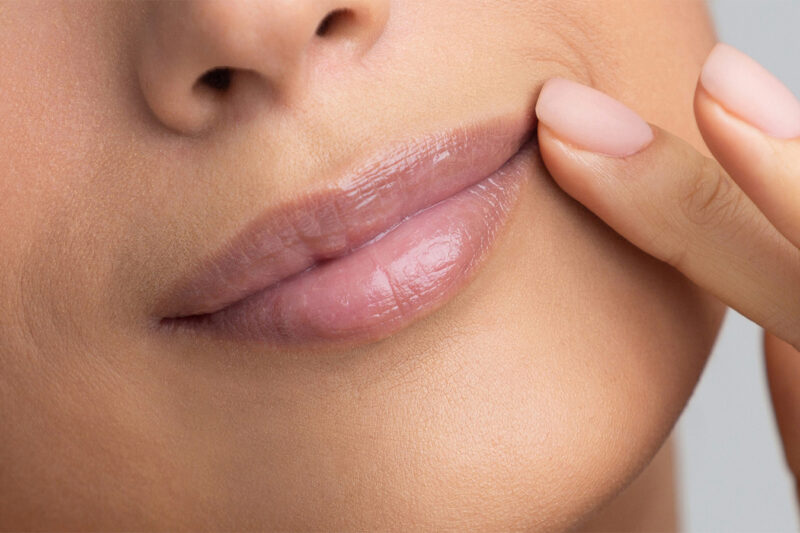Dermal fillers are gel-like substances injected into the middle layers of the skin to smooth static wrinkles and replenish the lost facial volume.
As per the American Board of Cosmetic Surgery, more than 1 million men and women in the USA benefit from dermal filling every year. But why do we need dermal filling? And do we need it at all?
Here is the problem: As we age (and that’s from 20 on), the production of collagen and elastin — the main proteins responsible for skin elasticity — slows down. Our skin simply lacks key components shaping its contour and supporting its structural integrity.
So, collagen scarcity causes skin laxity and volume loss, resulting in thin lips, hollow skin, and droopy eyelids. What we want is to plump up our faces and restore our youthful appearance.
Now, how can dermal fillers help?
- Enhancing the fullness of lips and cheeks
- Attenuating moderate and severe wrinkles and fine lines
- Refining the contour of the jaw
- Improving facial symmetry
- Adding volume to sagging skin
Find out the best Korean fillers and learn more about their effects.
How do dermal fillers work?

Most people prefer dermal filling because it’s a painless way to rejuvenate and plump up the face without downtime. Unlike Botox, dermal fillers don’t freeze facial muscles. Instead, they help to refill deflated facial fat and revitalize skin.
The effect depends heavily on the components, which can be both natural and synthetic. Hyaluronic acid (HA) is the most common filler component that hydrates skin and restores its volume. Those fillers contain lidocaine, which minimizes discomfort during the procedure due to its anesthetic properties. Most dermal filling procedures are HA injections.
Here is the regular process: First, the healthcare provider cleanses the skin and applies a cream with an anesthetic. Then, he makes several injections to fill the predefined areas of the facial skin. You may feel mild stings, but usually, that’s the maximum. After the injections, the specialist gently massages and disperses the filler to prevent lumps.
The whole procedure lasts from a few minutes to an hour. And in most cases, patients see immediate results.
How long does the effect of dermal fillers last?

The effect of dermal fillers cannot be permanent simply because the ingredients eventually break down in your skin. But how long does it last?
Well, that depends on a range of factors: the main ingredient, its thickness, the depth of injections, the treatment area, and, of course, the individual characteristics of the patient. Generally, the thicker the substance and the deeper it’s injected, the longer the filler lasts. But what about filler types? How do they affect durability?
- Hyaluronic acid is a naturally occurring acid, which is the most recommended for the first injection. The effect usually lasts from 6 to 12 months – the time your body needs to gradually absorb HA.
- Calcium hydroxylapatite is a naturally occurring substance found in bones. It has a thicker texture than Hyaluronic acid, so the results of Calcium hydroxylapatite last more than a year.
- Poly-L-lactic acid is a biodegradable and biocompatible synthetic substance that plumps up skin by boosting collagen production. So, this filler has a gradual effect that can last up to 2 years.
One primary advantage of Hyaluronic acid fillers is that the results are not irreversible. If you don’t like your appearance or have side effects, the doctor can inject a special solution to dissolve the Hyaluronic acid.
Are dermal fillers safe?

Numerous studies have shown that dermal fillings are quite safe when administered by a qualified dermatologist. Furthermore, in studies of FDA-approved dermal fillers, people report that they are satisfied with their treatment results.
The point is dermal fillers are quite different. The filling is just a way to add a substance and replenish the lost skin volume. So, what matters here is not only how you add that volume but also what you add as a volume. In both cases, whether in choosing the right filling treatment or undergoing that treatment, you need an experienced specialist.
It’s crucial to discuss all the risks associated with your skin disorders, allergies, or anything else that may affect the treatment results.

